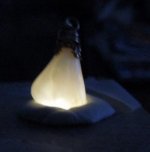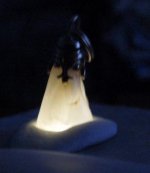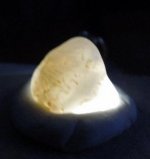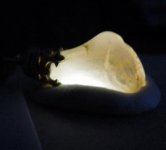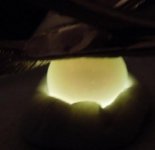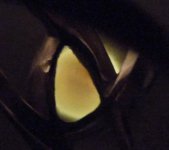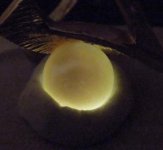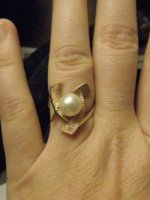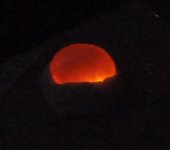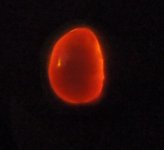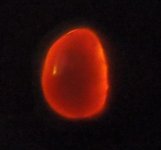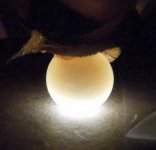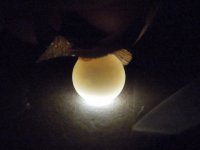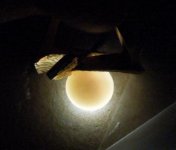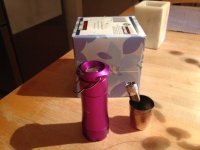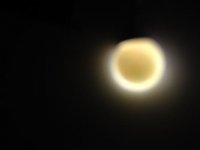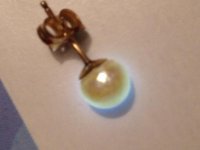MSC
Natural Pearl Lover
- Joined
- Oct 11, 2012
- Messages
- 2,867
I have no idea, Charmed! I forgot I even had these, they were part of a treasure box that I inherited maybe 10 years ago, with mish-mash of beads and stones. It is drilled all the way through though, so I don't know if that makes a difference when it comes to interpreting what the light is doing inside the pearl.
Here's some of a mississippi river pearl:
Here's some of a mississippi river pearl:

